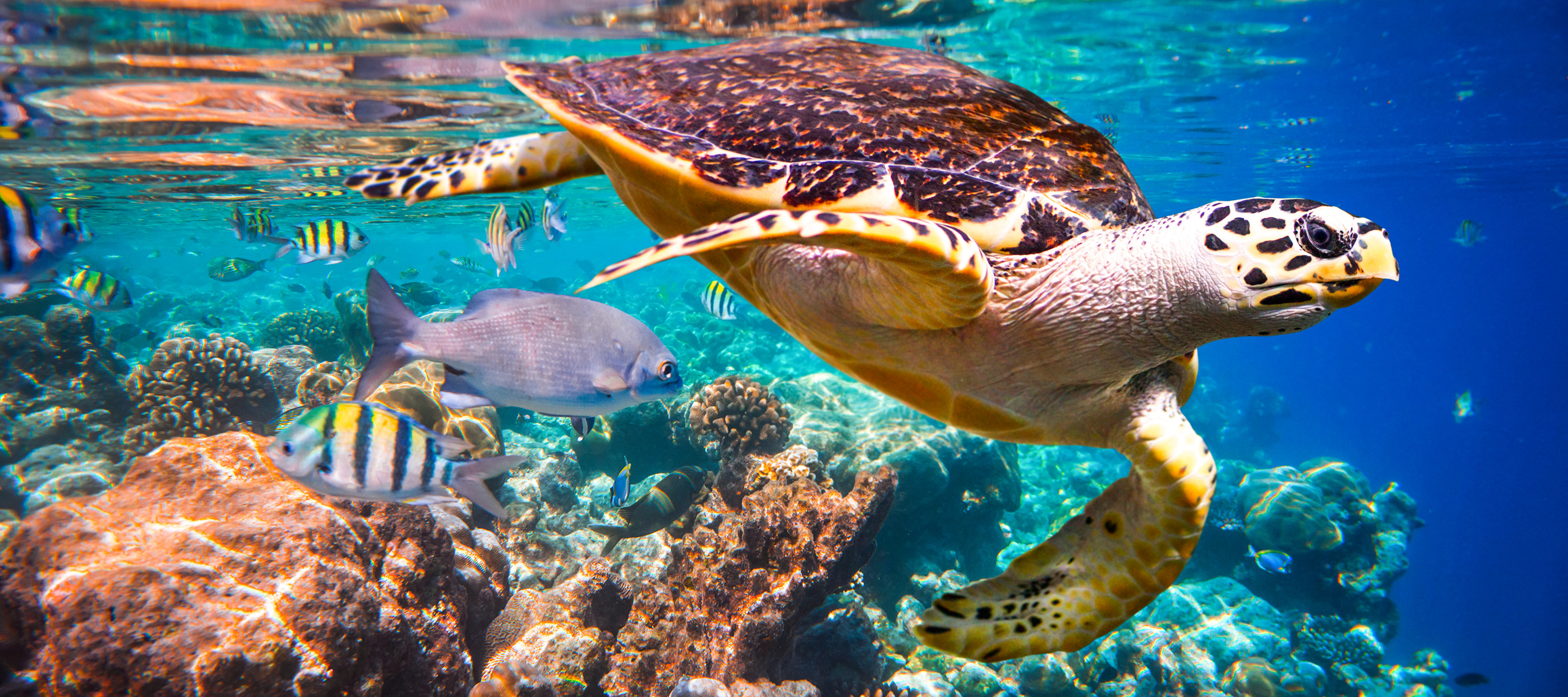Overview
The world’s oceans serve critical functions for communities, economies, and ecosystems. But this precious resource faces daunting challenges from climate-related risks, pollution, and overuse. Sustainable development and conservation efforts to combat these challenges are vital. In this special edition, host Nick Trueman is joined by guests from the National Aquarium in Baltimore. John Racanelli (Chief Executive Officer) and Jenn Driban (Chief Mission Officer) to discuss the importance of connecting people with water and their vision for a global community of hopeful conservationists.




